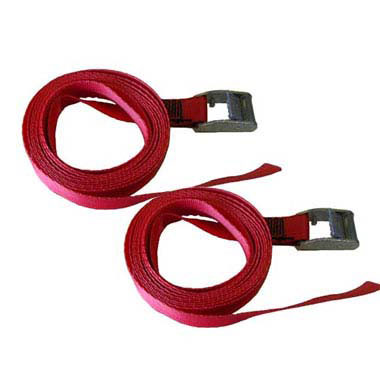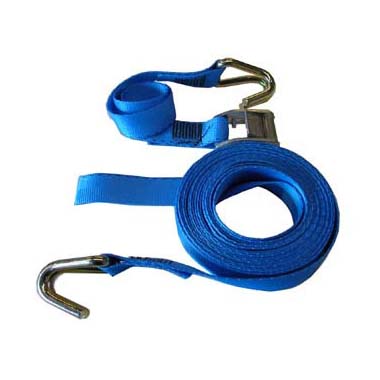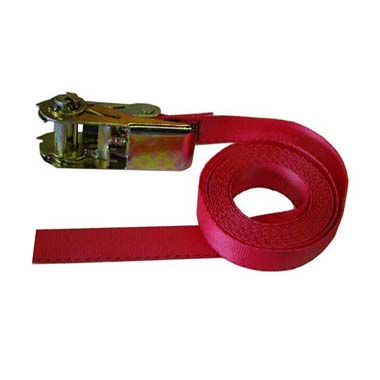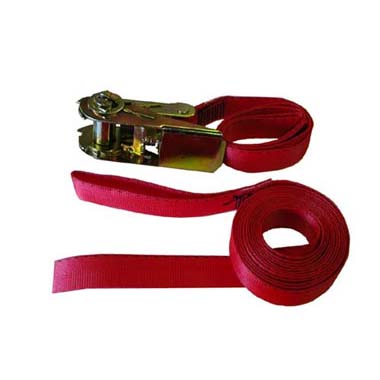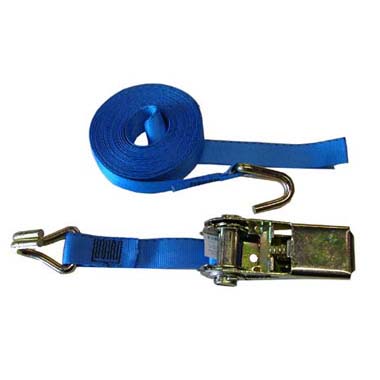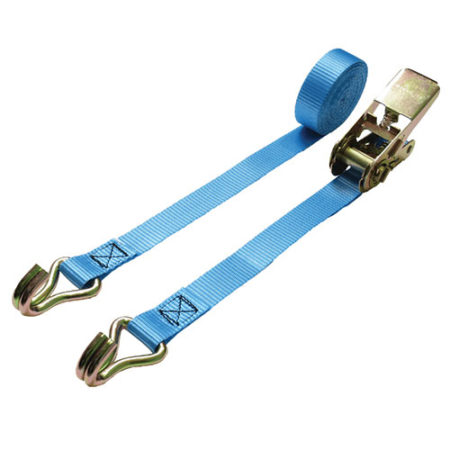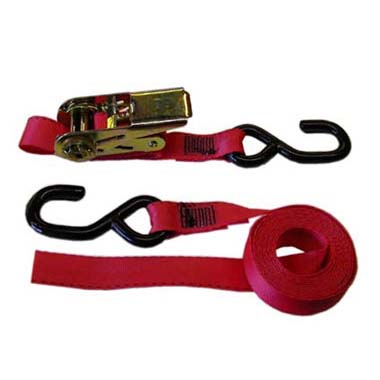Load Restraint Tie down straps
Load restraint tie down straps may not be the not glamorous subject in the world but they are an integral feature of using most trailers.
Our tie down straps come in various lengths, widths and different ends. We have cam buckles or ratchet; 25mm or 50mm width: no end (endless), sewn loop, sewn hook or plastic coated ‘s’ hooks. So no matter what you need to move, we have the straps for you.
We also sell trailer covers and cargo nets which can also be crucial to keep your load in the trailer. Check out the rest of our website for more ideas.
Here is some useful tips and advice on using your tie down straps.
The straps and buckles should be checked for wear and damage after every use. Make sure they are protected against sharp edges, abrasion, hot surfaces and exposure to acid while in use.
When you are ready to use them, close the handles together and insert the end of the long strap through the slot in the spindle bar. You then pull the strap through until as much strap as possible is through the slot. Then pull up and push down on the ratchet handle, this will tighten the strap. There should be a minimum of 2 full wraps of webbing around the spindle when the strap is tight. When this is done, lock the racket by pushing the handle to the down position. Now make sure the loose end is secure.
When it’s time to release the tension, pull back the handle about 135 degrees and locate the quick release lever. Hold that down then fully open the ratchet handle to 180 degrees. Finally, pull the strap back through the slot.
Great care should always be taken when loading and unloading trailer. Straps under tension can cause a lot of damage and injury if they snap. Make sure you protect the load from abrasion from the straps while in motion, if necessary.
Our straps should only be used to secure loads on trailers. These should never be used for towing vehicle, personal restraints or to support the weight of a human being. Only tighten a ratchet as much as can by hand. Never use leverage to over-tighten.
Attachment hooks must be positioned such that they cannot move or slip in use. You must also ensure that the points of attachment to the vehicle or trailer are of sufficient strength to withstand the maximum loading weight that will be produced during use.

